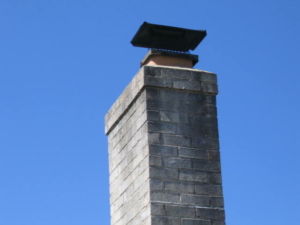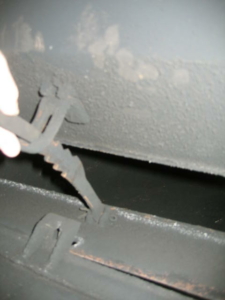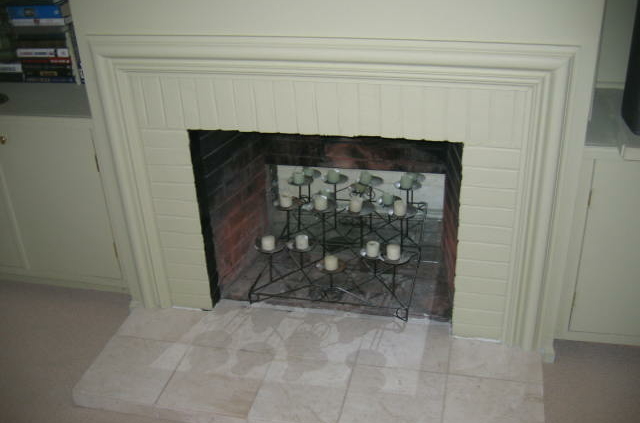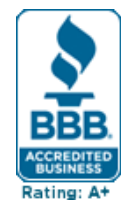The Risks of Having a Fireplace
The Risks of Having a Fireplace
Owning a home with a fireplace can be very enjoyable but it can also pose serious health and safety concerns.
Chimney Issues

A chimney is a vertical shaft through which smoke and gases from fuel-burning heating systems, stoves, appliances, and fireplaces exhaust. The chimney may be built of masonry or metal pipe materials. The flue liner, chimney inner wall, or vent inner wall must be continuous and free of cracks, gaps, perforations, and other damage and deterioration that could allow the escape of combustion products, including gases, moisture, and creosote.
Damper Issues

A fireplace damper is a small door inside a fireplace typically made from cast iron or other ferrous metal whose sole function is to open and close the chimney. The damper is located above the fire and is used to control the combustion and the damper must be operable from the room containing the fireplace.
An open damper lets the smoke, soot and gases escape out the chimney. When the damper is closed, it prevents cold air or insects from entering through the chimney and prevents conditioned room air from escaping up the flue.
Corrosion and debris are the most common causes of stuck or inoperable fireplace dampers. A good first step is to have the fireplace professionally cleaned. Your chimney professional will sweep the flue and remove the soot and debris that is piled up around the fireplace damper.
Many people aren’t aware of the dangers caused by negative pressure and carbon monoxide. Unfortunately, they can be life threatening.
Many household appliances need oxygen to function properly. From gas-fired water heaters, furnaces, gas stoves, etc., combustion air is an important component of a healthy home. When a home is airtight, all of these devices fight for oxygen. This fight for combustion air can create negative pressure and could result in air from a fireplace being drawn into the home. The installation of an air ex-changer can eliminate this hazard.
Fireplace ownership can be very enjoyable when proper care and maintenance are followed.







Leave a Reply
Want to join the discussion?Feel free to contribute!